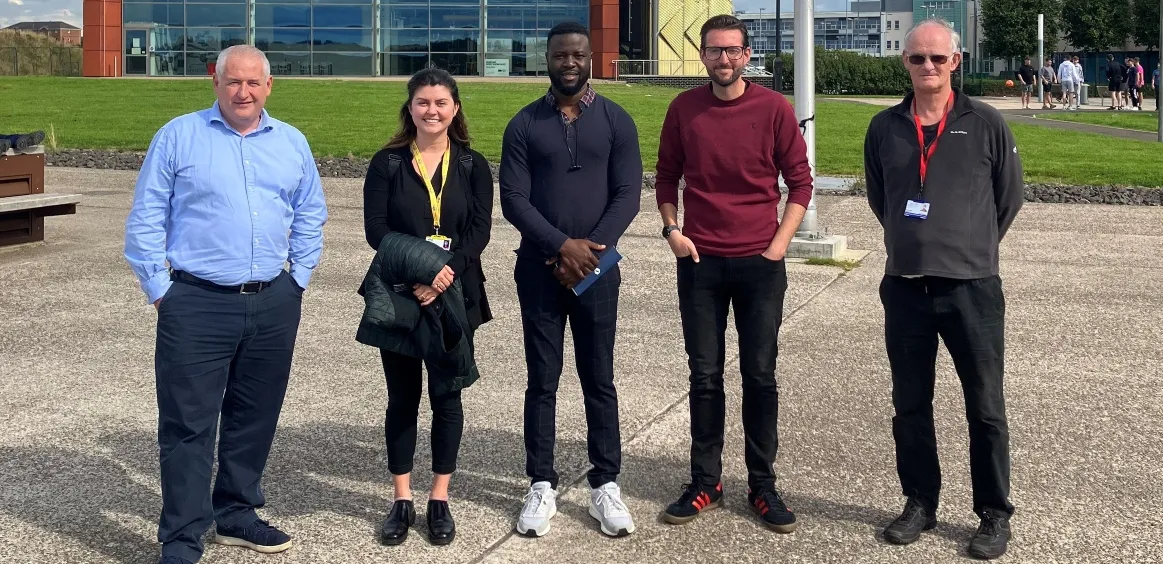Last week SFHA members visited Queens Quay District Energy Centre to learn about the innovative district heat network in Clydebank and tour its water source heat pump equipment.
The project was delivered by Star Renewables, Vitali Energy, and West Dunbartonshire Council in 2020 on the site of the former John Brown Shipyard. The Council owns, maintains, and operates the heat system to guarantee a secure supply and reduce tariffs for customers, which will include social tenants in the future.
Queens Quay has the first 100% carbon-free district heating network in the UK and is the first large-scale water source heat pump scheme of its kind in Scotland. In its current phase, the centre supplies heat to Council offices, a care home, a leisure centre, and an enterprise centre. Future plans include supplying the nearby college, an NHS health centre, a hospital, and homes (over 140 flats, including housing association homes).
Benefits of the heat network include:
- Reduced pollution when creating energy and progress towards local net zero commitments
- Reliable, renewable supply of river water
- Reduced energy tariffs
- Easily extended network of pipes to supply additional buildings, businesses, and services in the future (there are currently two heat pumps in the centre, with space for two more)
The heat pumps extract water from the River Clyde and use it generate heat, which is transported via thermally insulated district heating pipes to buildings in the area. The centre also contains two backup boilers and thermal storage to ensure against potential energy shortages during peak supply. Customers are individually metered and the centre is registered under the Heat Trust scheme rules, which is a voluntary regulatory framework that commits to fair and transparent pricing.
Some stats about the centre:
- The thermal store can hold the equivalent of 549,477 cups of tea (130,000 litre)
- The ‘golden chimney’—emergency ventilation flue to safeguard against ammonia exposure—is 30 M tall
- It has the capacity to connect over 2,600 properties in the future and save an average of 3,221 tonnes of carbon when complete
- The pumps take in 120 litres of water per second
